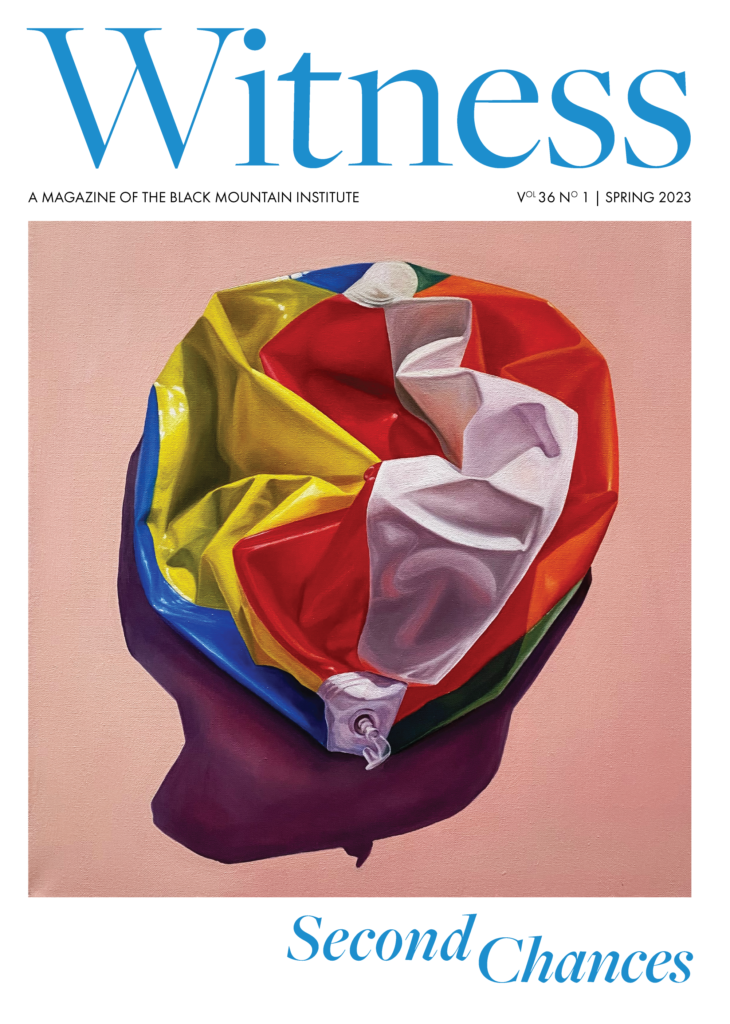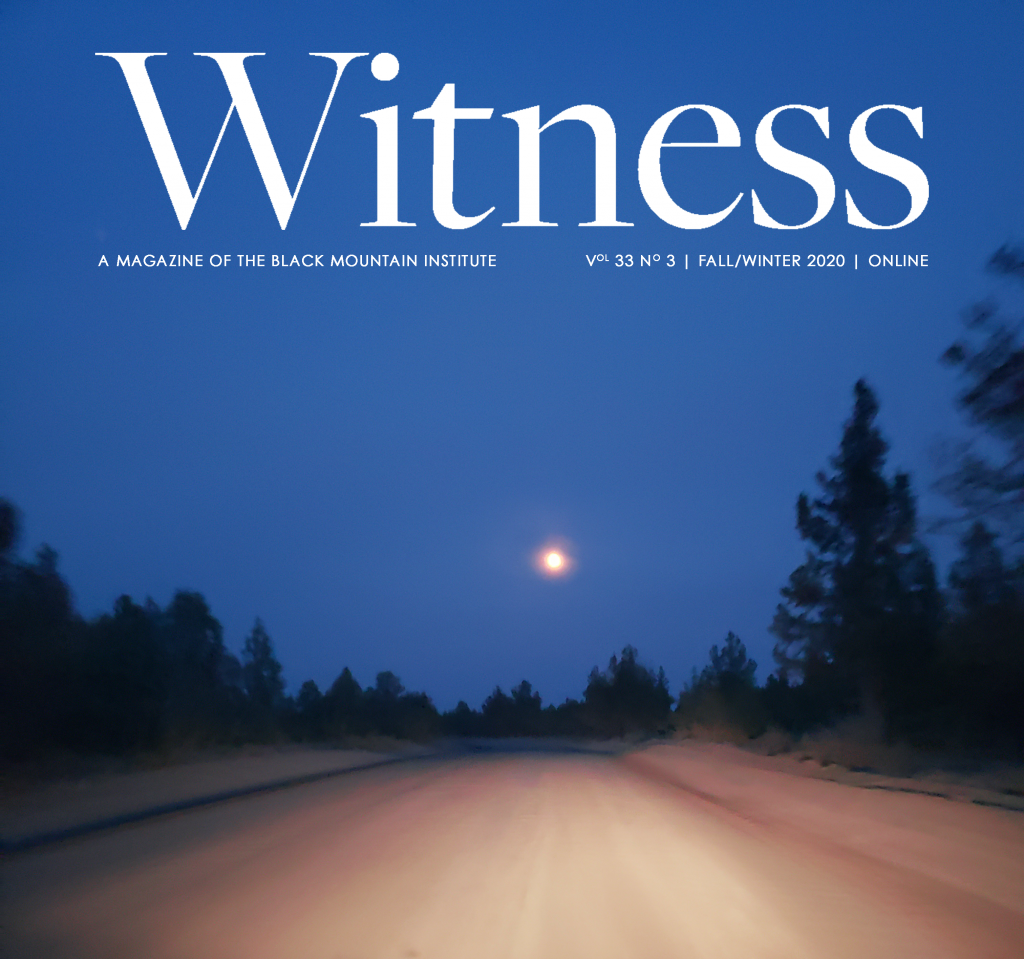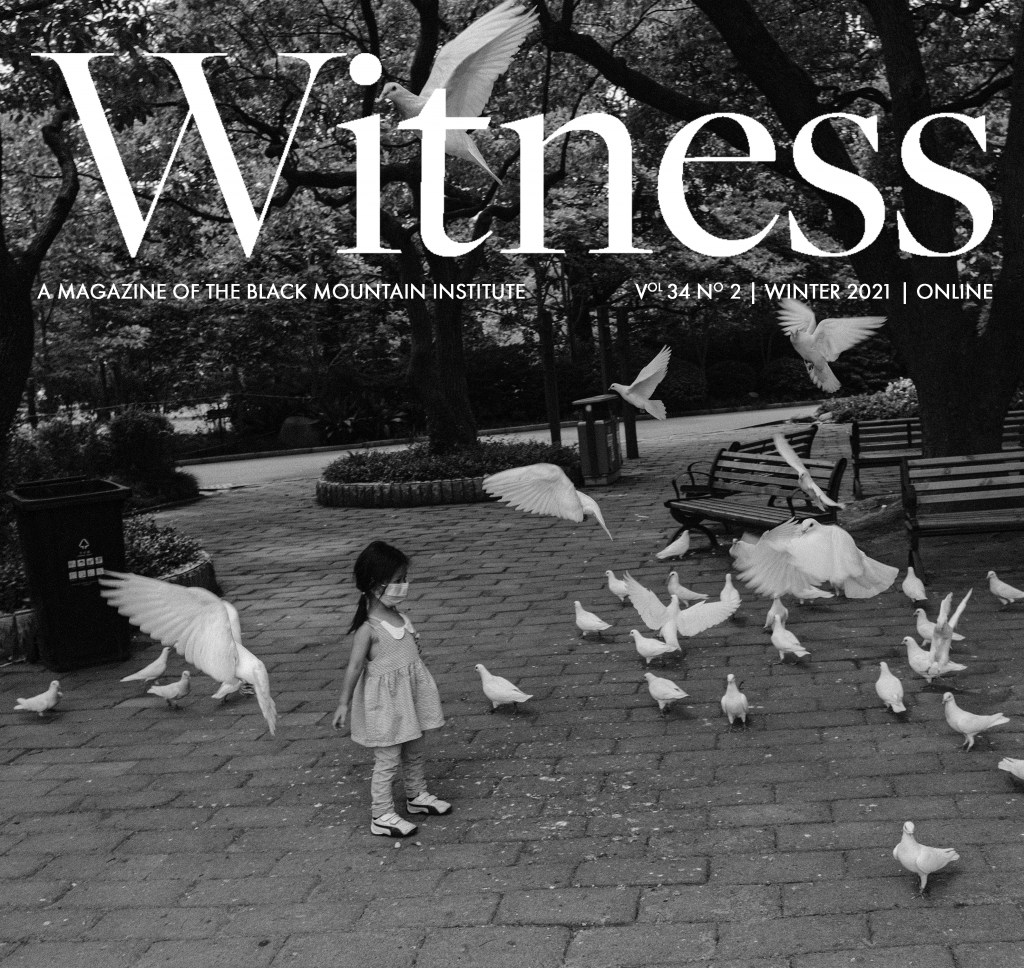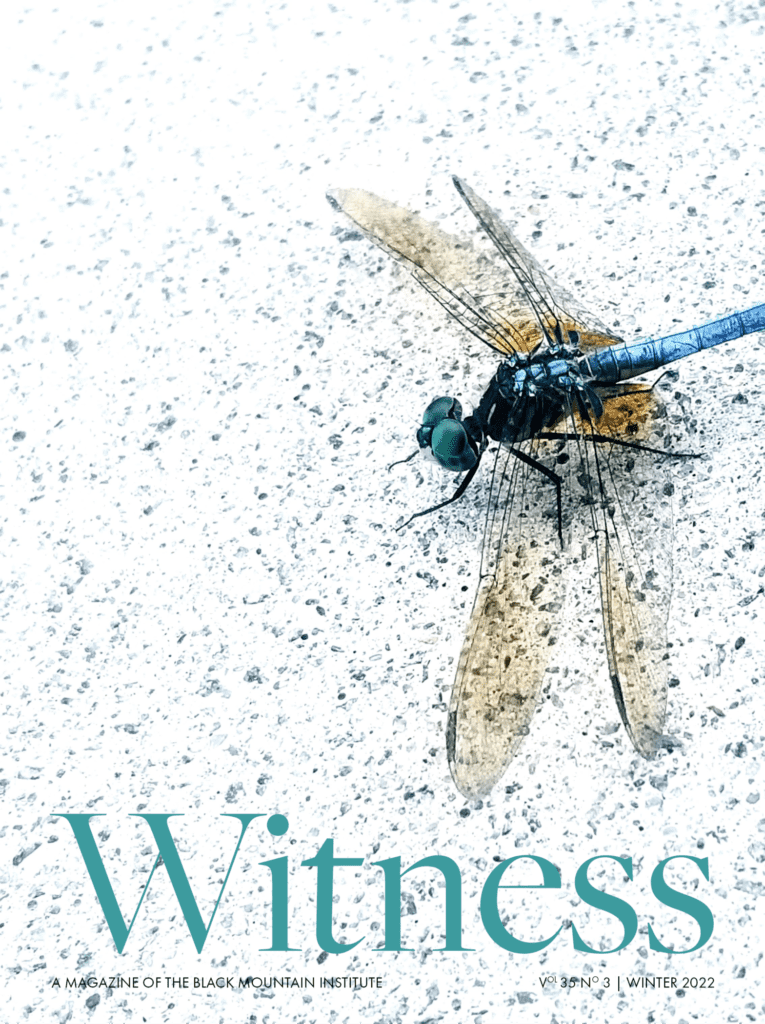Just what is a ghost? Most dictionaries start with the familiar idea that the dead can linger among the living, using words like “soul” and “spirit” interchangeably and suggesting that such apparitions come to us from shadowy, melancholy realms. Beyond this, definitions diverge. Urbandictionary.com pleasingly includes the disincarnated souls of animals along with humans, and others mark fine distinctions in taxonomy, such as between those ghosts who are aware of their own deaths, those who don’t know that they’re dead, and those who are like photographic negatives of people long gone. (Poltergeists are mentioned but, depending on whom you ask, these are ghosts in name only, specifically because they lack individuality or intelligence and therefore they don’t haunt, they merely disturb; the first entry in my Merriam Webster for ghost is “the seat of life or intelligence,” which carries a certain poignancy in the implication that the two could be made separate.) Most mention the Holy Ghost, which has a spiritual grandeur all its own. There are many other less common definitions, and seemingly all of them, even those having nothing explicitly to do with death or the afterlife, bring at least a little bit of a chill: a false, displaced, or secondary reflection through a lens; a trace or suggestion, like the ghost of a smile; a red blood cell that has lost hemoglobin; someone unacknowledged who does invisible work; a writer whose name never appears on a book jacket; a fake company set up for dubious tax or legal reasons; a book listed in a bibliography that never really existed. Maybe the common chill is because all definitions surrounding the word ghost demand the lack of a body. Something important must be made physically absent before a ghost can be made present.
Our editors have chosen works that interpret the theme by way of absence, displacement, and loss, through channels that are indirect yet deep, like the efforts of children who surgically erase features they inherit from a parent, travelers who attempt to trap the present in glass bottles, the homeless who arrange their lives invisibly in plain sight. Ghosts are present herein artifacts, like reams of paper holding useless information, junk mail for a father already gone, valentines from a dead man. Some of the works describe lost loved ones and strangers whose fates remain unknown; some have been waiting a long time to be found, as in David Maisel’s eerily beautiful photographs of copper canisters holding the cremated remains of the unclaimed dead at a now-defunct hospital in Oregon, individuals whose names have been lost or obscured or forgotten in the passage of time. Editing itself is a kind of ghost work; I am writing this on behalf of our excellent editorial staff, who do not appear in the pages but whose influences are felt throughout. I also write to extend deep thanks to our publisher, Dr. Carol C. Harter, and to Jim and Beverley Rogers, whose generous support in the form a major gift to Black Mountain Institute makes the volume in your hands possible.







